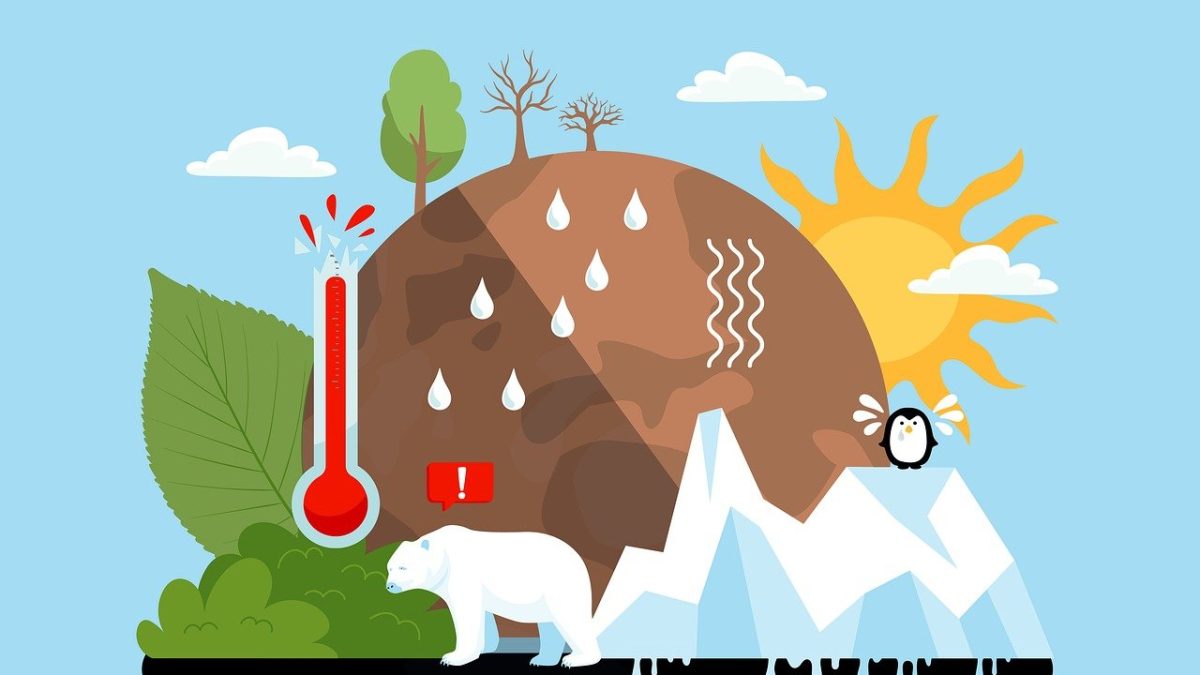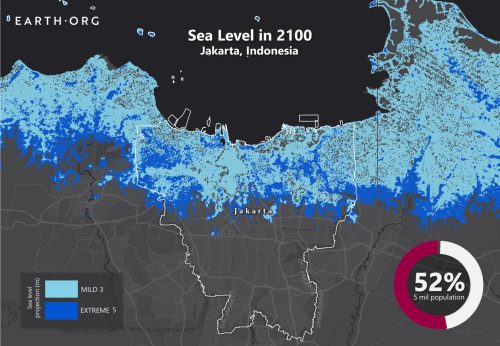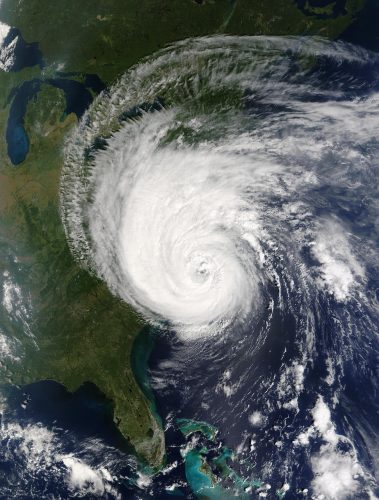How Climate Change Affects Our Seas

Photo Credit : Rosy Ziegler/Pixabay
The seas cover more than 70% of the Earth’s surface and provide us with many benefits, such as food, oxygen, recreation, and climate regulation. However, the seas are also facing the threat of climate change, which is caused by the increase of greenhouse gases in the atmosphere due to human activities, such as burning fossil fuels, deforestation, and agriculture. Climate change affects the seas in many ways, such as warming, acidification, sea-level rise, and extreme events. These impacts have serious consequences for marine life, ecosystems, and human well-being. In this article, we will explore some of the major impacts of climate change on our seas and what we can do to help.
Warming
One of the most obvious impacts of climate change on the seas is warming. The seas absorb about 90% of the excess heat trapped by greenhouse gases in the atmosphere. This causes the sea surface temperature to rise, which affects the physical, chemical, and biological processes of the seas. For example, warming can alter the ocean currents, which are responsible for transporting heat, nutrients, and oxygen around the globe. Warming can also reduce the mixing of water layers, which can affect the availability of nutrients and oxygen for marine life. Warming can also change the distribution and abundance of marine species, as some may shift their ranges to find more suitable conditions, while others may face local extinction. Warming can also increase the frequency and intensity of marine heatwaves, which are prolonged periods of unusually high sea temperatures that can cause severe damage to marine ecosystems, such as coral bleaching, fish kills, and harmful algal blooms.
Acidification
Another impact of climate change on the seas is acidification. The seas absorb about 30% of the carbon dioxide emitted by human activities. This causes the seawater to become more acidic, which means that the concentration of hydrogen ions increases and the pH decreases. Acidification affects the chemical balance of the seas, especially the availability of carbonate ions, which are essential for many marine organisms to build their shells and skeletons, such as corals, molluscs, and crustaceans. Acidification can reduce the growth, survival, and reproduction of these organisms, as well as their ability to resist diseases and predators. Acidification can also affect the sensory and behavioural functions of some marine animals, such as fish, sharks, and octopuses, which rely on their sense of smell, taste, and hearing to find food, mates, and habitats.
Sea-level Rise

Photo Credit : Earth.org
A third impact of climate change on the seas is sea-level rise. The seas rise mainly due to two factors: thermal expansion and ice melt. Thermal expansion is the increase in volume of seawater as it warms. Ice melt is the addition of water to the seas from the melting of glaciers, ice caps, and ice sheets on land. Sea-level rise has accelerated in recent decades due to the increase in warming and ice loss. According to the latest report by the Intergovernmental Panel on Climate Change (IPCC), the global mean sea level rose by about 20 cm from 1901 to 2018 and is projected to rise by 0.6 to 1.1 m by 2100 under a high-emission scenario. Sea-level rise affects the coastal areas, where more than half of the world’s population lives. Sea-level rise can cause coastal erosion, flooding, saltwater intrusion, wetland loss, and displacement of people and infrastructure. Sea-level rise can also amplify the impacts of storm surges, waves, and tides, which can increase the risk of coastal hazards and disasters.
Extreme Events

Photo Credit : Starder
A fourth impact of climate change on the seas is the increase in the frequency and intensity of extreme events, such as storms, hurricanes, cyclones, and droughts. These events are influenced by the changes in the sea surface temperature, atmospheric pressure, wind patterns, and moisture content. Extreme events can have devastating effects on the marine and coastal ecosystems, as well as the human communities that depend on them. For example, storms can cause physical damage to coral reefs, mangroves, seagrasses, and other habitats that provide shelter, food, and nursery for many marine species. Hurricanes can cause flooding, landslides, and power outages that can disrupt the livelihoods, health, and safety of coastal people. Cyclones can cause storm surges, which are sudden rises in sea level that can inundate coastal areas and cause erosion, salinization, and habitat loss. Droughts can reduce the freshwater input to the seas, which can affect the salinity, nutrient, and oxygen levels of the seawater, as well as the productivity and diversity of marine life.
What We Can Do to Help
The impacts of climate change on the seas are alarming, but there is still hope. There are many actions that we can take to help reduce the greenhouse gas emissions that cause climate change, as well as to adapt to the changes that are already happening. Here are some examples of what we can do to help:
-
- Reduce our carbon footprint by using renewable energy, such as solar, wind, and hydro power, instead of fossil fuels, such as coal, oil, and gas. We can also improve our energy efficiency by using LED lights, smart appliances, and insulation. We can also use public transportation, cycling, or walking instead of driving, and fly less or offset our emissions when we do.
- Conserve and restore the blue carbon ecosystems, such as mangroves, seagrasses, and salt marshes, which store large amounts of carbon in their biomass and sediments, and prevent it from entering the atmosphere. These ecosystems also provide many other benefits, such as coastal protection, biodiversity, and fisheries.
- Support the sustainable management of marine resources, such as fish, shellfish, and seaweed, which can provide food, income, and livelihoods for millions of people, as well as help regulate the climate by absorbing carbon dioxide and releasing oxygen. We can also choose to consume seafood that is certified as sustainable, such as by the Marine Stewardship Council or the Aquaculture Stewardship Council.
- Protect and enhance the resilience of marine and coastal ecosystems, such as coral reefs, kelp forests, and rocky shores, which are home to a rich diversity of life and provide many ecosystem services, such as tourism, recreation, and education. We can also support the creation and enforcement of marine protected areas, which are zones where human activities are restricted or regulated to conserve the natural and cultural values of the area.
- Educate ourselves and others about the impacts of climate change on the seas and the solutions that are available. We can also spread the word and raise awareness through social media, blogs, podcasts, and other platforms.
The seas are vital for our planet and our lives, and we have a responsibility to protect them from the impacts of climate change. By taking action to reduce our greenhouse gas emissions and to adapt to the changes that are already happening, we can make a difference for the seas and ourselves. Remember, every action counts, and together, we can build a healthier and more resilient future for the seas.

